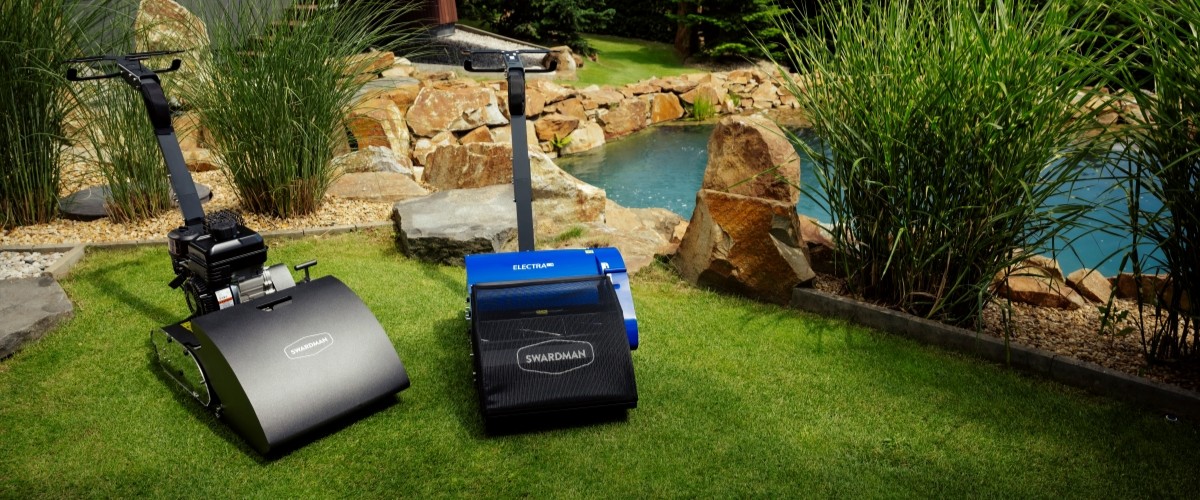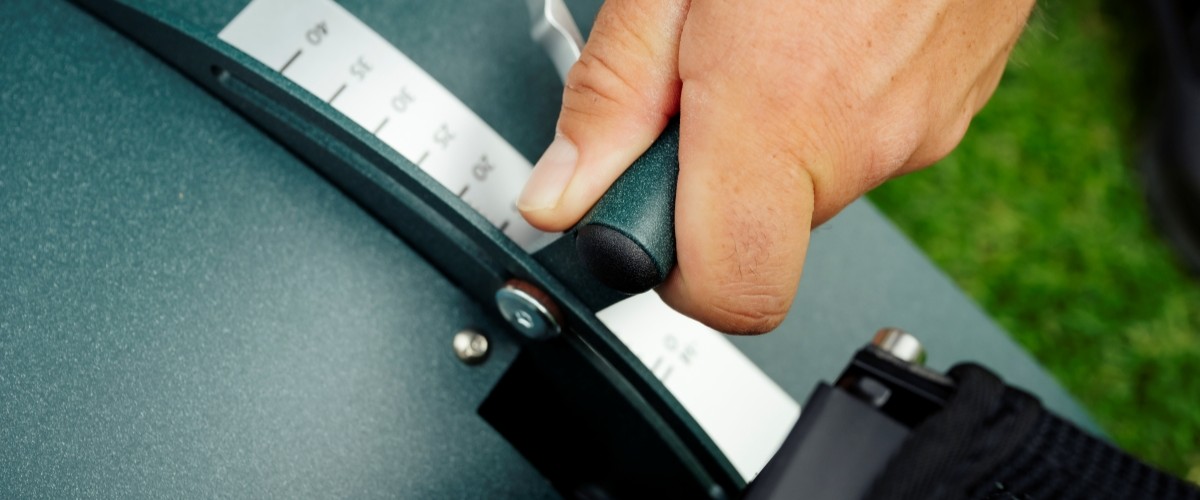Lawn Stripes Like on a Football Pitch – A Step-by-Step Guide
Perfectly straight stripes on a lawn aren’t just the privilege of professional football stadiums. With a bit of practice and the right equipment, you can create them in your own garden. We’ll show you how it works and how to make the stripes stand out and last as long as possible.
What Lawn Stripes Are and Why You Might Want Them
Stripes are created by bending grass blades in different directions. When you look at the lawn from one side, the light reflects differently than from the opposite side, which makes the bands appear dark and light. The effect is purely aesthetic, but it gives the garden a neat and professional look, just like you see on golf courses or stadiums.What You’ll Need
To create distinct stripes, you need a reel mower with a roller that bends the grass blades in one direction. An ideal choice is a model such as the Swardman Electra or Edwin, equipped with a sharp reel that ensures a clean cut and healthy lawn growth. You’ll achieve a more prominent pattern on a flat, dense lawn without significant unevenness.
How to Create Stripes – Step by Step
Start by setting the correct mowing height – for fine grass blends, a length of around 10 to 20 mm is best for prominent stripes. Then plan your mowing direction. Lead the first stripe from the edge of the lawn, and try to run each subsequent pass right next to the previous one, without overlaps. Once you’ve mastered basic stripes, you can try diagonal patterns, checkerboards, or curves. It’s also important to keep both the roller and the reel clean and in perfect technical condition, as this has a major impact on the quality of the final effect.

